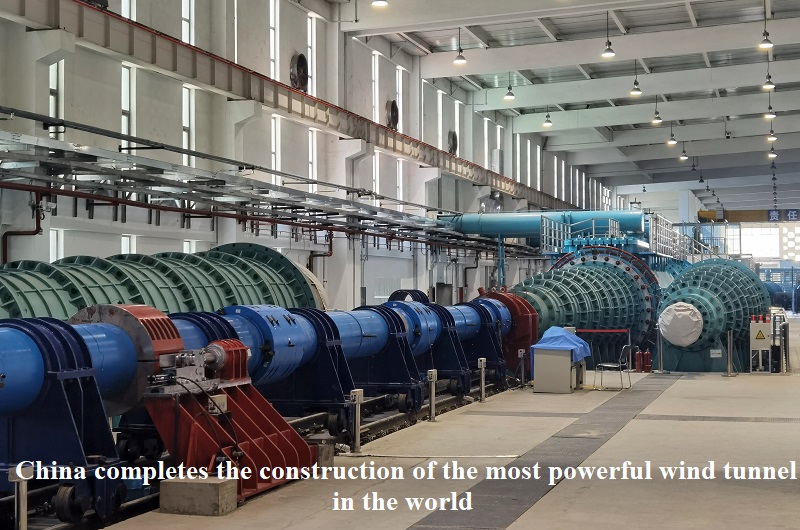
China has recently finished constructing the world’s most powerful wind tunnel in the mountainous Huairou district of northern Beijing. Known as JF-22, this wind tunnel has a diameter of 4 meters (13 feet) and is capable of generating extremely high airflow speeds of up to 10 kilometers (6.2 miles) per second. This impressive capability allows it to simulate hypersonic flight conditions up to Mach 30, which is 30 times the speed of sound.
The JF-22 wind tunnel is owned by the Institute of Mechanics and is expected to play a crucial role in China’s pursuit of hypersonic technology. It will support research and development activities related to China’s space transport system and hypersonic aircraft. The Chinese government has set ambitious targets to deploy a fleet of hypersonic aircraft by 2035, which would have the capability to transport passengers into space and reach any location on Earth within an hour.
Hypersonic flight presents numerous challenges, including managing extreme heat and pressure, ensuring stable flight paths, and guaranteeing passenger safety. At hypersonic speeds, the air molecules surrounding an aircraft become highly compressed and heated, leading to molecular dissociation. Understanding these complex physics is essential for the development of hypersonic vehicles.
Wind tunnels, like the JF-22, provide a controlled environment for studying hypersonic flight phenomena. They allow researchers to examine how hypersonic vehicles interact with their surroundings and develop new technologies to enhance performance and safety. Wind tunnel testing also helps identify potential issues or design flaws before building and flying actual vehicles, thereby reducing the risk of failure or accidents.
The JF-22 wind tunnel stands out due to its innovative approach. Instead of relying on traditional expansion methods to generate airflow, it utilizes a shock wave generator called a “reflected direct shock wave driver.” This system employs precisely timed explosions to create shock waves that converge and produce high-speed airflow in the tunnel. Although this method has its drawbacks, such as noise, air pollution, and safety concerns, it provides the rapid and intense energy bursts required for hypersonic testing.
The performance of the JF-22 wind tunnel has been evaluated by a team of 16 independent experts who lauded its capabilities and recognized it as a world-leading facility. Alongside the JF-12 wind tunnel, which simulates flight conditions up to Mach 9, these wind tunnels create a comprehensive experimental platform for testing near-space vehicles. By combining data from both tunnels, researchers can enhance their understanding of materials and designs under various flight conditions, ultimately improving the performance and reliability of hypersonic weapons and aircraft.

Post Your Comments